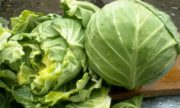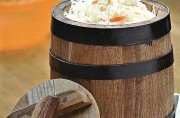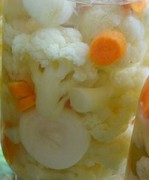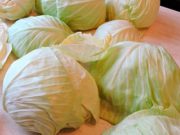Sauerkraut, or kroshevo for the winter according to an old recipe
The kroshev recipe originated in the good old days, when housewives did not throw away food, but tried to save as much as possible from the harvest. Traditionally, crumble is made from green cabbage leaves that are not included in the head of cabbage, but are surrounded by burdocks in a dense fork. Now they are cut off and thrown away, but before, it was a necessary component for cabbage soup and borscht.
On the territory of Russia, in each region this preparation bears its own name. Somewhere it’s “khryapa”, somewhere it’s “shanitsa”, or “kroshevo”, the recipe for cooking is the same.
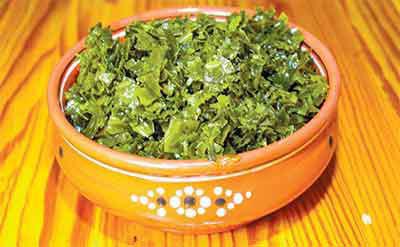
The main problem now is finding the right leaves. If you have your own garden, there are no problems. If you live in a city apartment, it is better to go outside the city to the nearest field where cabbage is grown. They won’t even take money from you, and they will only say thank you if you collect green cabbage leaves that no one needs.
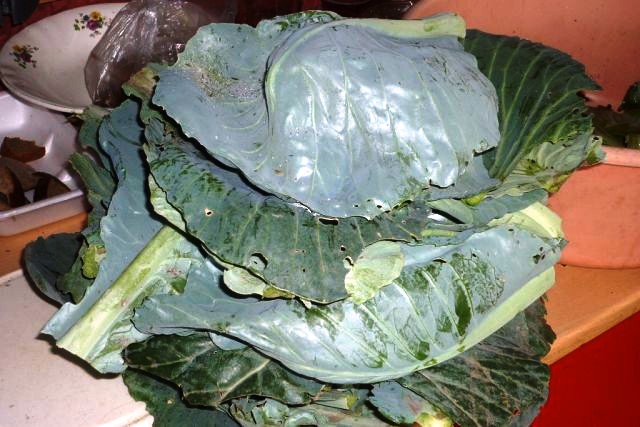
Wash these leaves and use a sharp knife to remove the central vein. Now, you need to crumble these leaves. Previously, there were special knives with long handles for crumbling, and cabbage was chopped directly in a wooden barrel. Nowadays, few people have such a knife in their household, and you will have to work hard with an ordinary kitchen knife or hatchet. The leaves need to be chopped so that the pieces are 1 x 1 cm in size. A little more is possible, but for crumbling it is advisable to try.
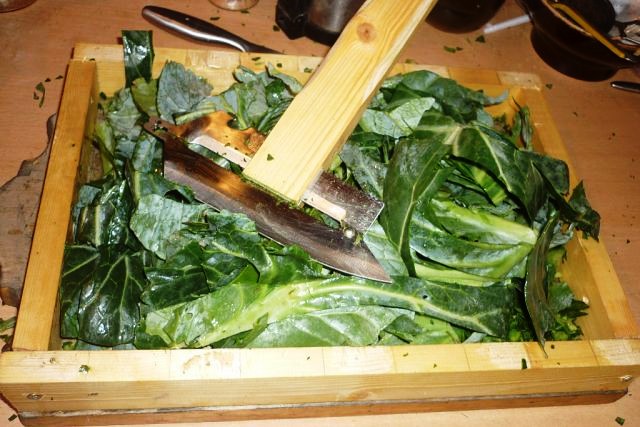
For a 10 liter bucket of chopped cabbage you need:
- 250 g salt;
- a handful of rye flour (or crumb of rye bread).
Bread or rye flour is an essential ingredient for crumble. It gives more active fermentation and an unforgettable rye aroma.
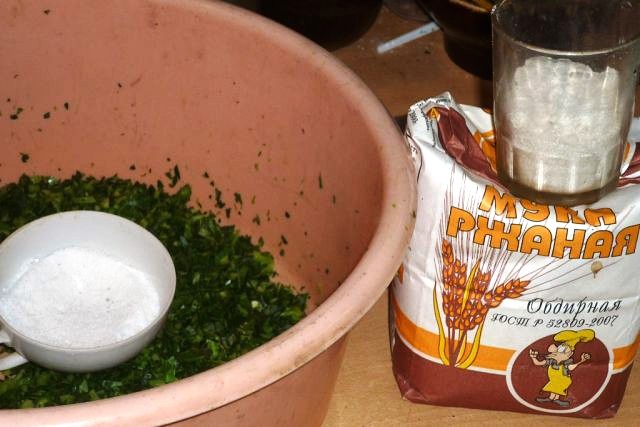
Mix the cabbage with salt and flour, rubbing thoroughly with your hands. The cabbage must let out its juice, otherwise it won’t turn out crumbly.
Tamp the cabbage well in the bucket, cover the top with a lid and put pressure on it.
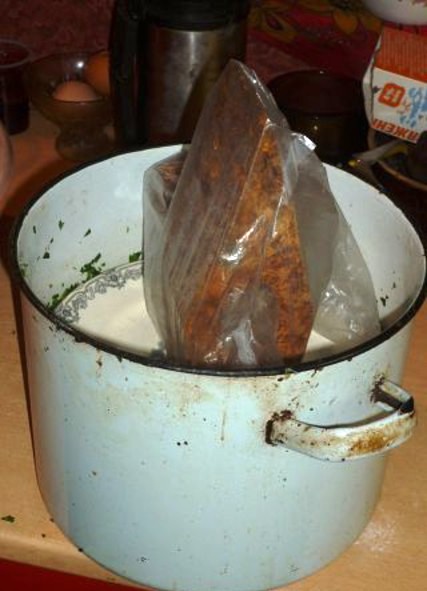
Starting from the next day, you need to pierce the cabbage every day with a wooden stick or spatula in several places, twice a day. Moreover, you need to get to the very bottom. During fermentation, cabbage releases hydrogen sulfide, and it must be released so that the cabbage does not stink. Be sure to rinse the lid to remove any mold or scum.
The crumble should be fermented for 5-7 days, after which it should be taken to the cellar or other cool place. In city apartments, where there is no such place, they freeze it in crumbs.
Squeeze out the excess brine from the crumble, place portions into bags, and place the bags in the freezer. The crumble can be stored in the freezer indefinitely, and you will always have the main ingredient for making cabbage soup, or borscht, on hand.
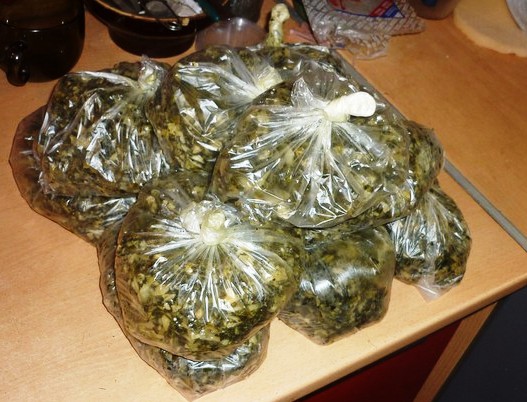
To remember our old traditions, watch the video of how cabbage crumble is prepared:

